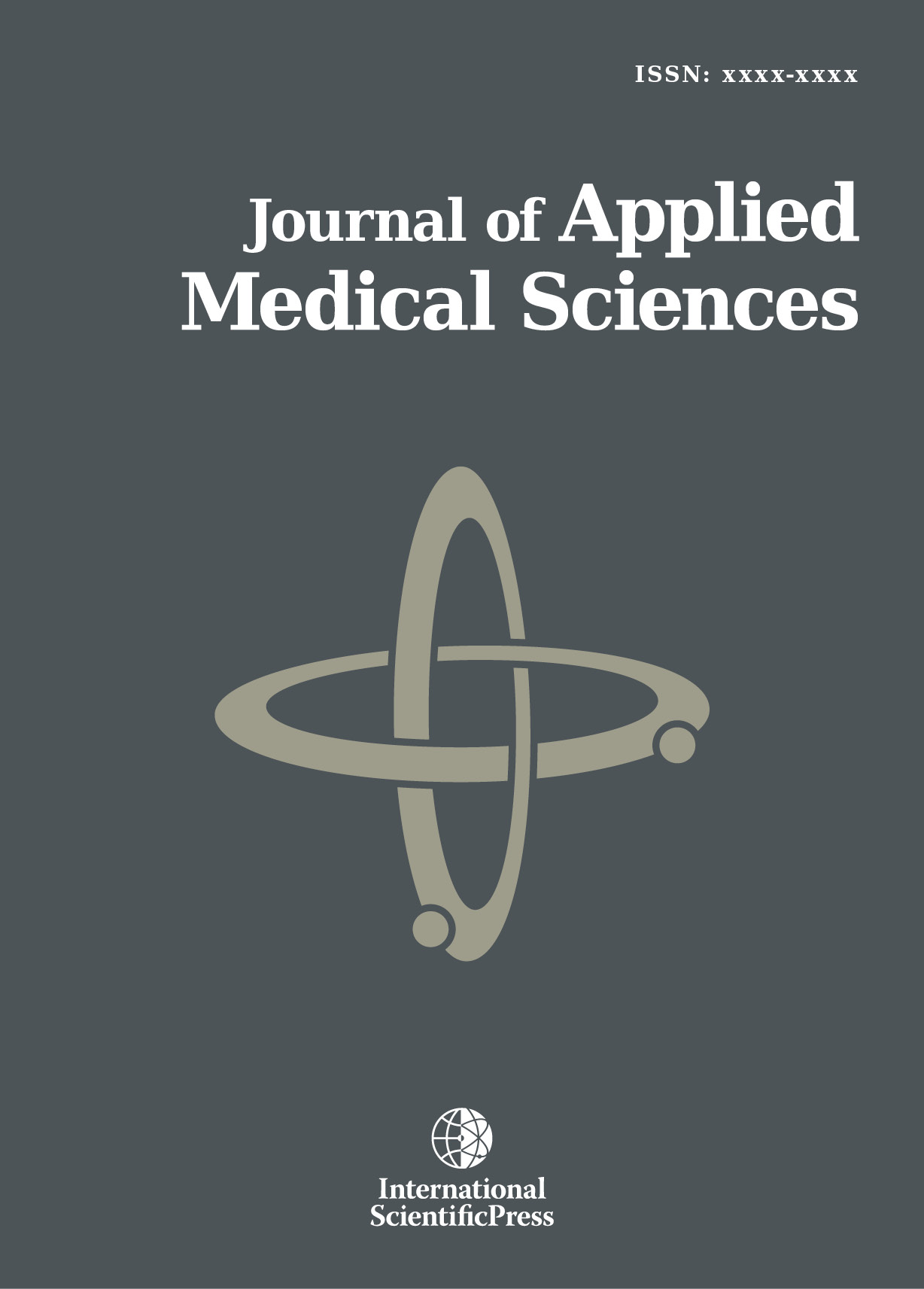Journal of Applied Medical Sciences
The Relationship between Vitamin D Serum Level and Midsagittal Corpus Callosum Area in Patients with Multiple Sclerosis
-
 [ Download ]
[ Download ]
- Times downloaded: 11111
-
Abstract
Multiple sclerosis (MS) is a disease with a pathologic pattern marked by focal white matter demyelinative lesions and neural degeneration in the brain and spinal cord. Corpus callosum (CC) thinning and brain atrophy are the visible endpoints of irreversible tissue loss in MS, arising from multiple pathologic mechanisms. Research has uncovered a relationship between low circulating levels of vitamin D as it relates to MS susceptibility and severity, suggesting that vitamin D has neuroprotective properties. This study assesses the relationship between 25-hydroxyvitamin D levels and midsagittal CC area in a sample of 33 adults diagnosed with relapsing-remitting MS. We parcellated the CC into five distinct segments (genu, rostral body, midbody, isthmus, and splenium) to determine a more specific locus of white matter change as a function of vitamin D level. Co-varying for age, years diagnosed, and education level, results indicate splenium CC area is positively associated with 25-hydroxyvitamin D level. This finding confirms the possible importance of vitamin D in the pathogenesis of MS and the therapeutic potential of vitamin D for patients.
